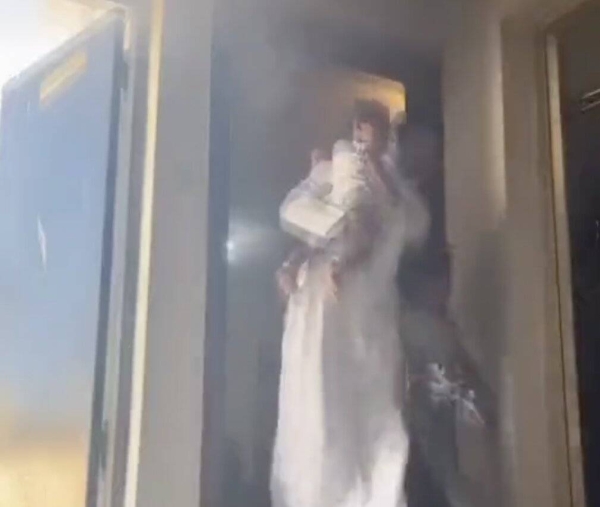
A TikTok user who went viral with a video of herself removing her implanted birth control device has prompted calls among sexual health experts for better monitoring of social media platforms.
In a video which has gained over 178,000 likes, TikTok user Mikkie Gallagher is filmed performing a ‘DIY IUD removal’ wearing medical gloves, writing on top of the post: “A lot easier than I thought TBH,” and “Catch of the day: Mirena IUD, 2 inches”.
An intrauterine device (IUD) is inserted into the uterus to prevent pregnancy and sometimes assist in relieving period pain. They usually need to be taken out every five to 10 years depending on the type. Women can choose when to have them removed.
Gallagher, who has 25,000 followers, captioned the post: “this is NOT medical advice but it only took 2 minutes”, later sharing a TikTok video from another user captioned “watch at the end to see how IUDs are designed for easy removal”.
Family Planning Victoria CEO, Claire Vissenga, said she found it very concerning that “DIY could pass as healthcare or professional assistance”.
The hashtag #iudremoval has clocked up 65.2m views on the social media platform, while #diyiudremoval has 527,500 views.
“You don’t take out your own appendix,” Vissenga said.
“These types of videos seem to originate more in the United States, where healthcare is expensive, and people are coming at it from that angle around cost.
“But it’s just a ridiculous thing to do. Removing an IUD potentially does physical damage, and could complicate contraception.”
Family Planning medical director, Kathleen McNamee, said 80% of DIY IUD removals failed, leading to GP or emergency visits.
“If the person dislodges the IUD in a failed attempt, it could no longer be effective as a contraceptive method and result in an unwanted pregnancy,” she said.
“Not all IUDs are created equally. Some require careful traction on the thread using a special instrument for removal. If you pull too hard, the thread can snap off, making it a more complicated procedure.
“People often say they resist looking up information about contraceptives online, a lot of it is just dreadful. But I do see the potential for good things in TikTok to promote sexual health. It’s such a neat little medium.”
Vissenga agreed there were some reliable and reputable voices on the platform, but “there’s other information that isn’t good medical advice, which is of concern.”
“The issue comes down to if people accessing information are able to work out if it’s reputable or just someone on social media putting up something they think it interesting, and that’s the tricky part.
She feared more young people were relying more on social media for health advice during the pandemic rather than visiting a doctor face-to-face.
“A relationship between health professionals and people seeking advice is what gives the best longterm outcomes in sexual and reproductive health,” Vissenga said.
“Reputable sites need consistent and constant presence on social media to combat disinformation, and women’s health needs to be more of a priority at a commonwealth and state level.
“We’ve never had such demand for services as we have now, we’re absolutely booked out.”
Vissenga said a decrease in practitioners meeting patients in person for contraceptive or sexual health discussions during the pandemic, as well as a notable increase in medical terminations, had caused the spike.
“People are reaching out and the demand is always there … but with some practitioners not choosing to see people face-to-face, they’re coming to services they can,” she said.
“I just fear poor health advice on social media will lead to poor health outcomes.”












